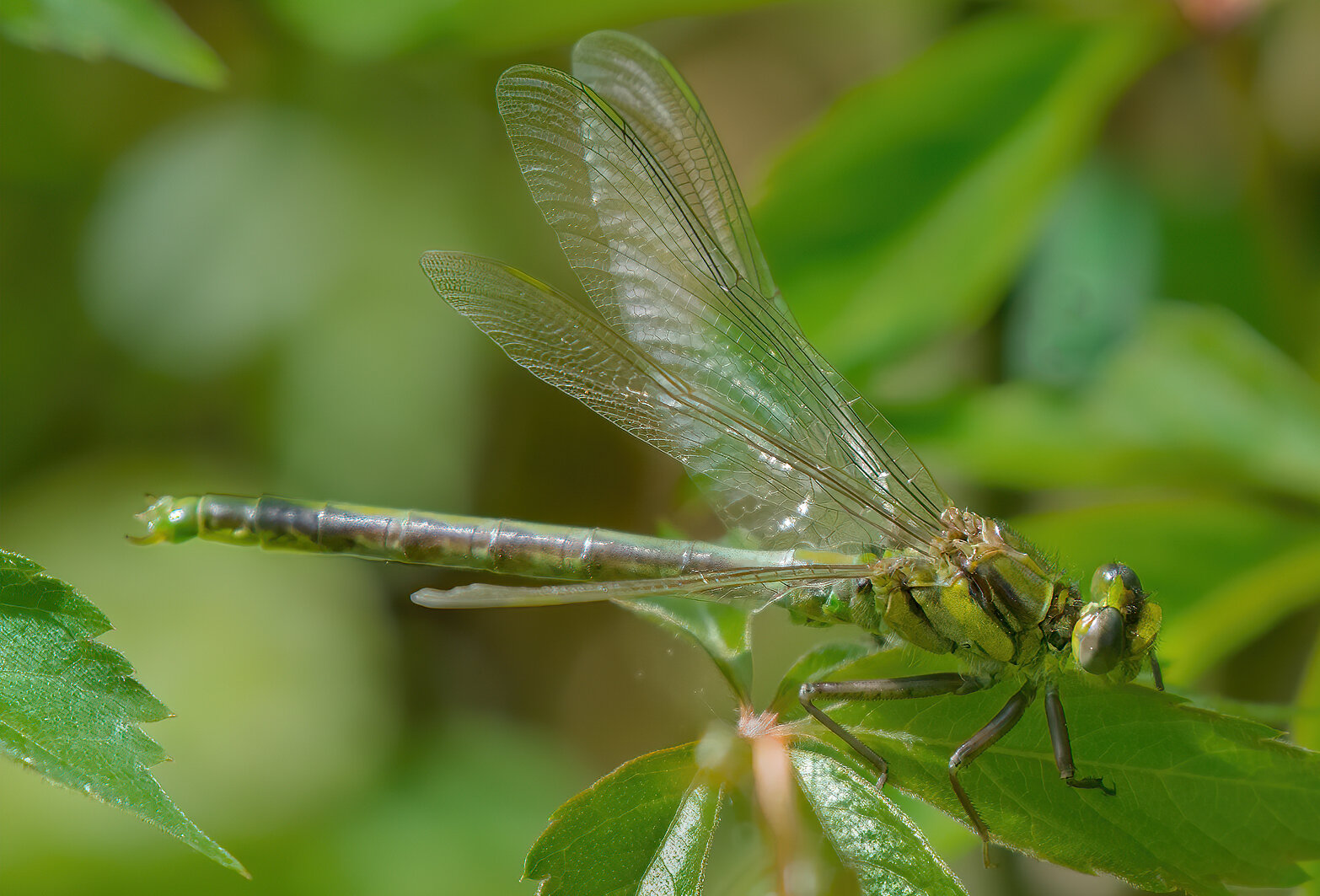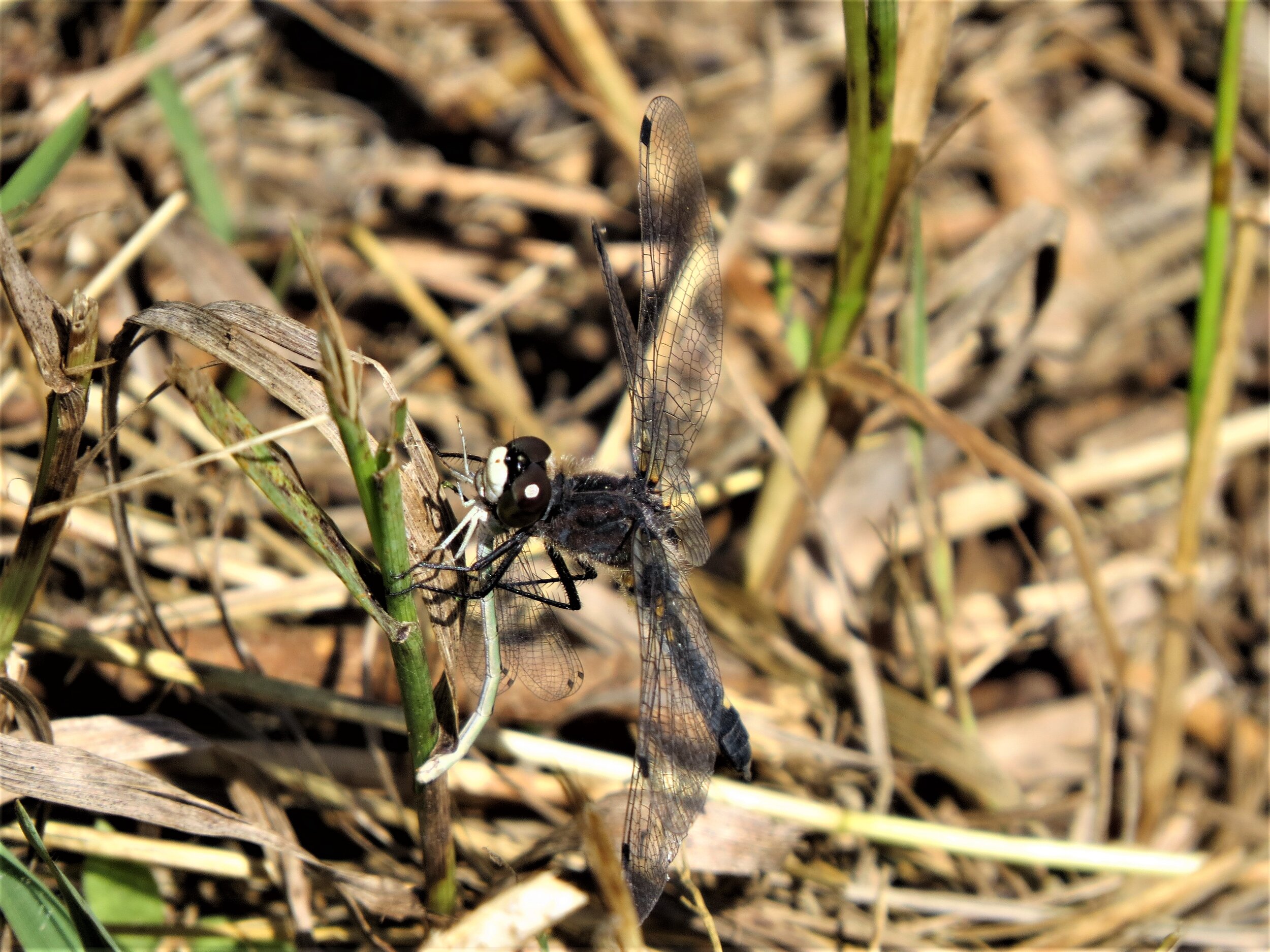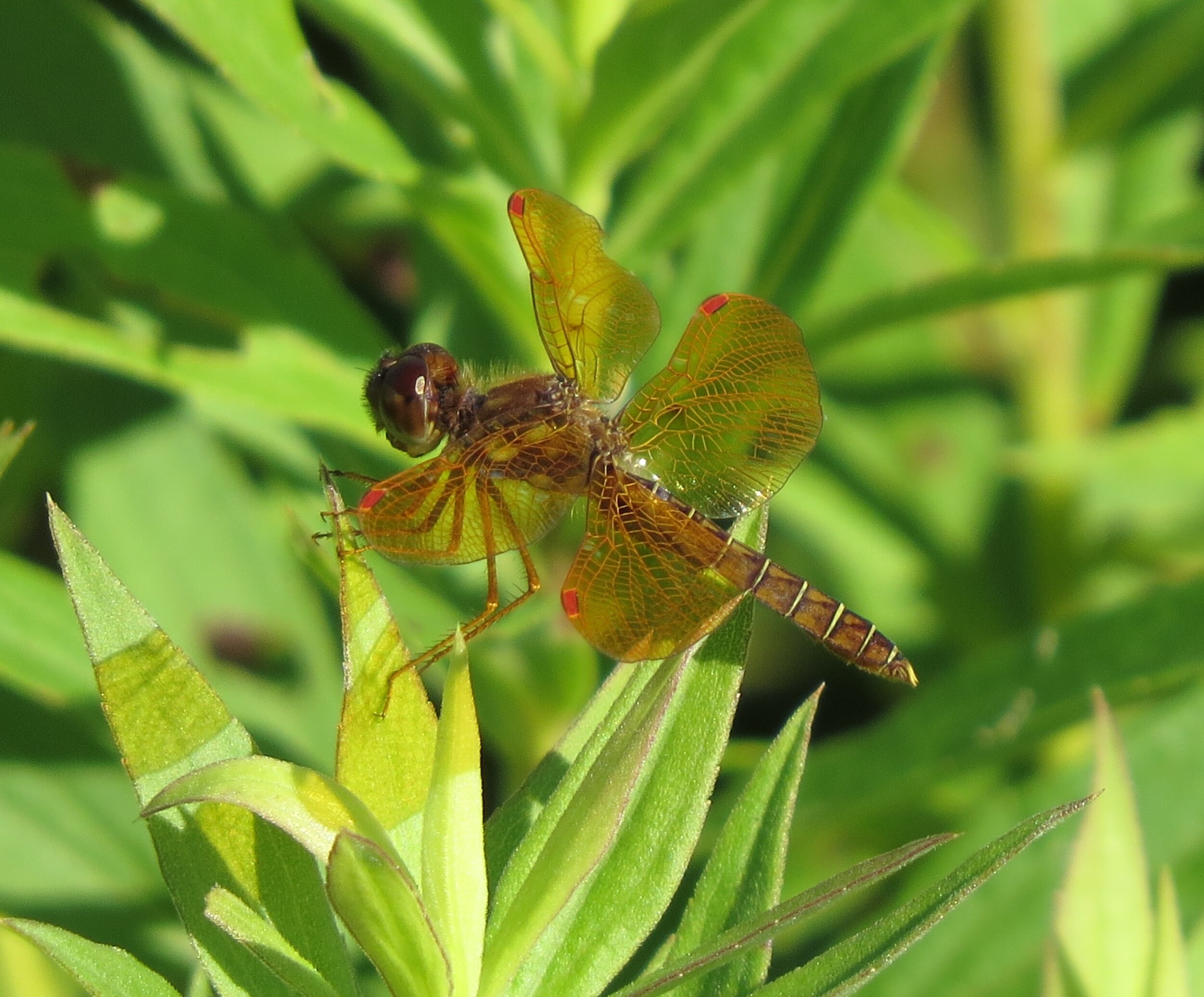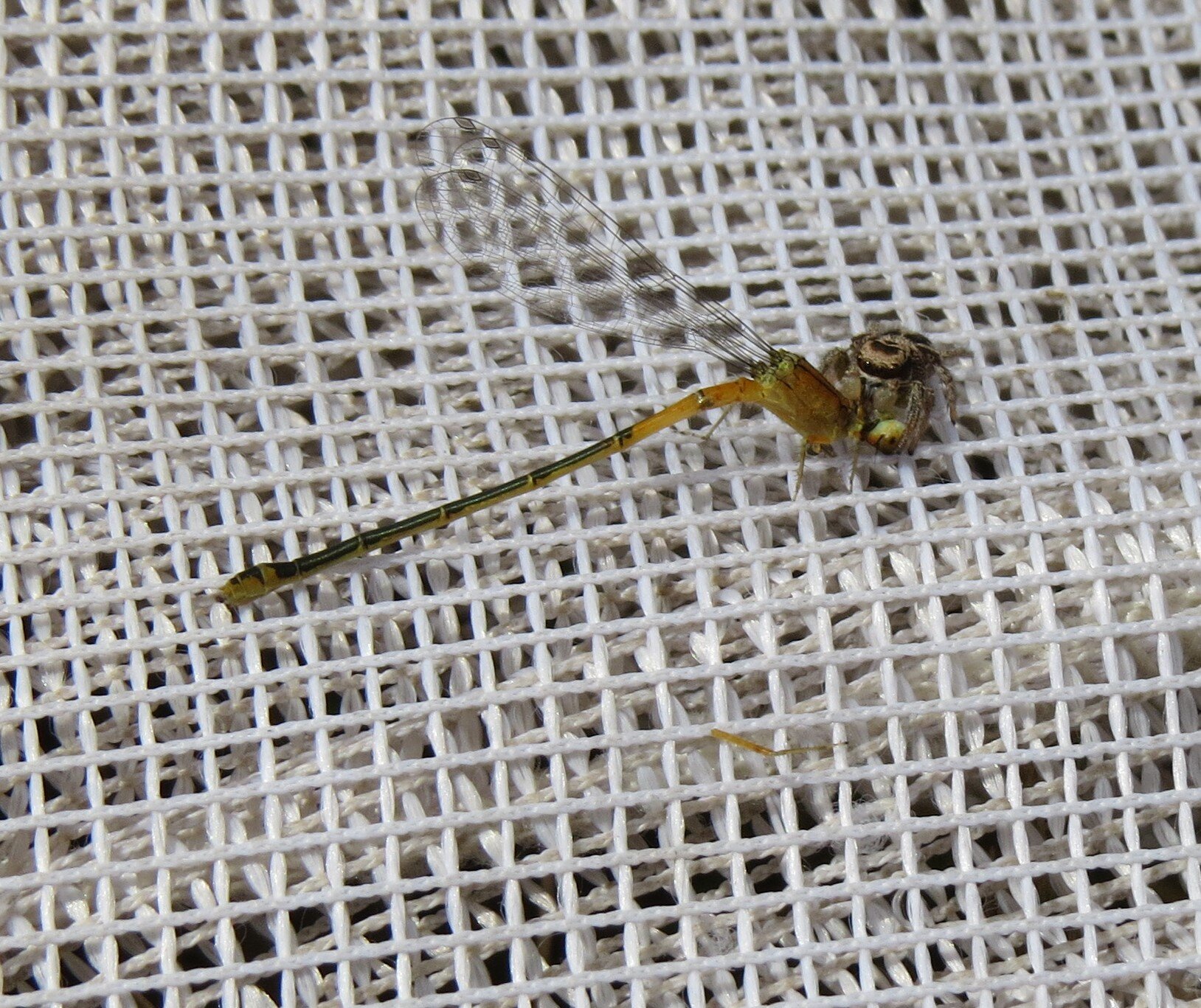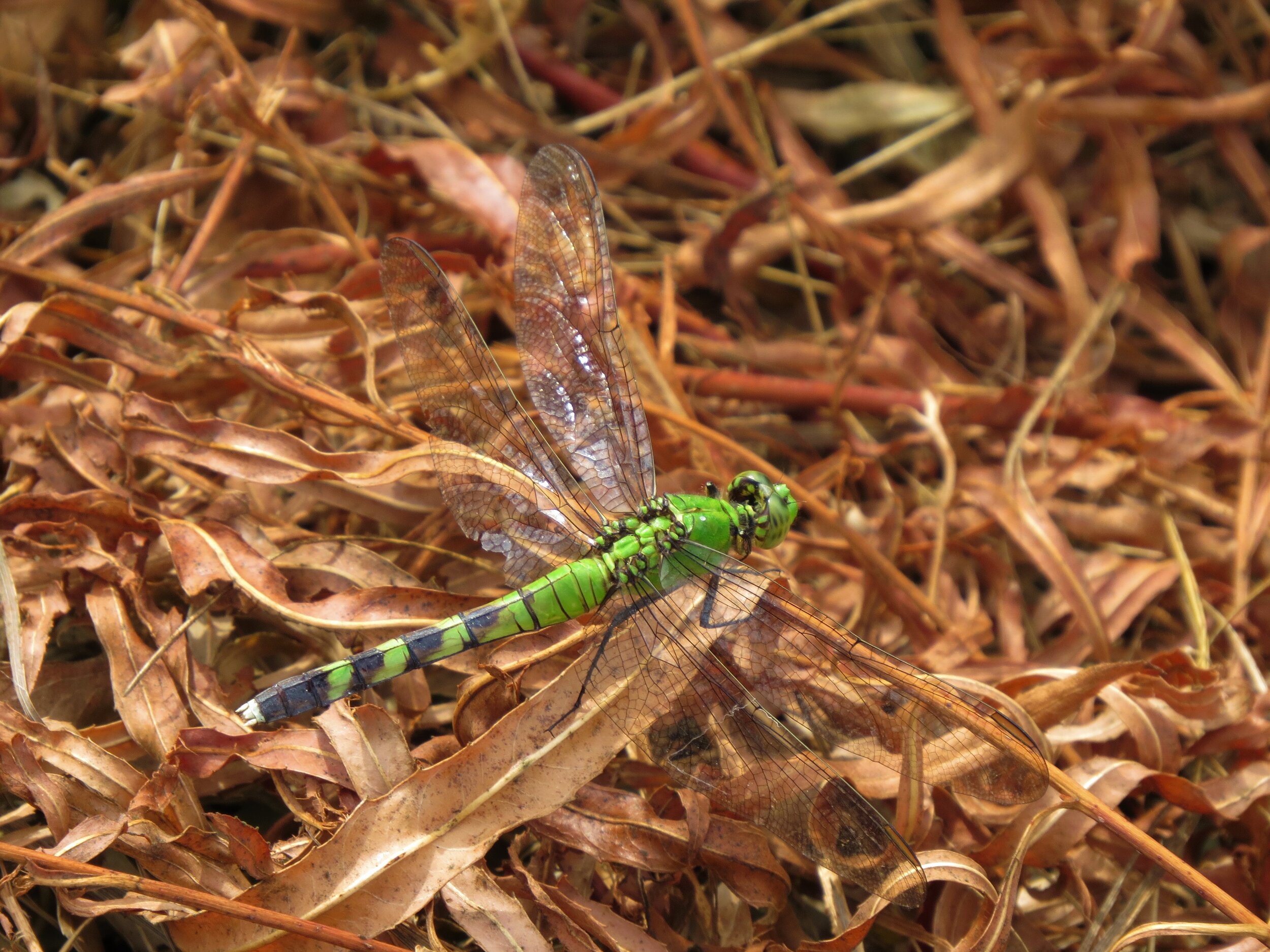The Great Backyard Bird Count (GBBC) that was held February 12-15, 2021 is going into record books as the most successful count to date. Bird records and participation is expanding every year. For many years we have enjoyed participating and look forward to observing our feeders.
This Citizen Science Project is a partnership with the Cornell Lab of Ornithology and the National Audubon Society. The Count started in the United States in 1998 as a “backyard bird count” and went international in 2013. The GBBC is more than just a “backyard count” and any birds found anywhere can be reported on e-Bird.
The GBBC is only possible using e-Bird. How did e-Bird originate? Tim Eisele recently wrote on January 22 in Wisconsin Outdoors an article titled Stan Temple Headed into the Wisconsin Conservation Hall of Fame. Tim wrote that Stan “began a Wisconsin bird check-off list that eventually turned into the Cornell Lab of Ornithology’s e-Bird program that encourages citizens to record bird observations. It is now described as the biggest citizen science program in the world.” In the 1990’s we remember making a weekly checklist on birds seen at Goose Pond and reporting the results. Congratulations to Stan.
If you would like to learn more about how to use eBird, sign up for Madison Audubon’s upcoming class, Learning the Ropes of eBird Mobile on March 25.
As of February 19, there have been 6,299 species reported for GBBC by over 275,000 birders on 307,700 checklists from 176 countries!
The United States has the most checklists in the world (214,700 checklists) and the eighth highest species count (659 species). The South American country of Columbia is ranked number 1 in the world with 1,096 species.
Wisconsin ranks 18th with 4,573 checklists and 40th with 121 species in the United States. In Columbia County, 33 birders submitted 58 checklists with 36 species. Laura Wentz and JD Arnston both submitted five checklists.
Horned lark, photo by Tim Lenz
In Columbia County, Goose Pond is the number one “hotspot” with 21 species and 9 checklists submitted by Graham Steinhauer, Calla Norris, JD Arnston, John Lyons, Judi Benade and Mark. Interesting species found included 26 ring-necked pheasants, 60 mourning doves, 1 great horned owl, 55 horned larks, 90 snow buntings, 45 American tree sparrows, and 67 house finches. Graham found the highest number of pheasants in Wisconsin. Wisconsin pheasants came from China and the high count of ring-necked pheasants in China on the GBBC was five.
At our Wildland cabin near Rio, we submitted three checklists with all birds seen from inside the cabin. Species and numbers found are wild turkey (59), Cooper’s hawk (1), bald eagle (2),mourning dove (95), short-eared owl (1), red-bellied woodpecker (1), downy woodpecker (6), hairy woodpecker (2), blue jay (9), American crow (6), black-capped chickadee (7), tufted titmouse (5), white-breasted nuthatch (1), American tree sparrow (30), dark-eyed junco (30), northern cardinal (9), house finch (40), American goldfinch (40), and house sparrow (2).
Red-bellied Woodpecker, photo by USFWS Midwest
The best bird found was a short-eared owl. Our “watch dog/bird counter” schipperke ran to the window at dusk and barked loudly. Sue went to see what drew his attention and saw a short-eared owl within 30 feet of the cabin. This is the third time in that week that a short-ear was present. At times, it looked like a Butterball turkey convention with large numbers of wild turkeys feeding under the feeders.
We grew up with parents that fed the birds and we really enjoy feeding and observing the birds. We feed cracked and shell corn, black oil sunflowers and sunflower chips, white millet, and suet. It is important to keep the feeders clean. At Goose Pond and at the cabin we use “Ecoclean” Wild Birds Unlimited feeders with antimicrobial product protection. We also have heated bird baths that the birds really like drinking from. It’s important to keep feeders and birdbaths clean and on a sanitizing schedule.
Looking at the Wisconsin data we saw that Kathy Kershaw from Madison ranked number one with reporting 52 species on the GBBC. She entered 16 checklists in four days. Kathy is driven, dedicated, loves her birds, likes to learn, and is relatively new to eBird.
Kathy’s bio in her eBird summary reads "What bird is that? I actively took up birding in 2015 after we added a 2nd story sunroom overlooking our gardens, Koi ponds, mature trees, and beyond. I started venturing off our property late April 2016 and posting on eBird. I haven't stopped since—birding/posting daily. We have both mowed open areas and footpaths looping through brush/forest areas. Adjacent ~140 acres add grassland areas, more large trees 'n tangles, +farmed and fallow areas. Walking our land developed my interest well past watching birds at the feeders we've put out for 20+ years. Yet, I still love seeing birds at our (now many) feeders, birdbaths, and Koi pond areas near the house. I've become an obsessed daily birder. I've enjoyed seeing both rare and common birds as I venture near and far to both familiar and new places. At times I join field trips where I have met wonderful, knowledgeable, very helpful people. So much to see, hear, and learn!”
Since 2016 Kathy has entered an impressive 3,584 complete checklists and reported 294 species with photos of 262 species and audio of 37 species.
Ring-necked duck and canvasbacks. Photo by Kathy Kershaw
We enjoy our birds. If you do not yet feed birds, we hope you will consider putting up feeders. If you do feed birds, we hope you will join us on entering your data for your birds in the 2022 GBBC.
Thanks to everyone who participated in this year's count! If you are thinking about a winter “bird” vacation next year, you can check out the GBBC and e-Bird and learn of the hot spots for species and numbers.
Written by Mark Martin and Susan-Foote Martin, Goose Pond Sanctuary residents managers
Cover photo by Eric Bégin










